
During the relative lull that followed the furore of Ziggy's retirement, and before his creator's descent into the drug-induced paranoia that was to usher in the year of the 'Diamond Dogs', Bowie fled to the sanctity of France's famous Chateau d'Herouville recording studio to put together a nostalgic portfolio of favoured tracks from the sixties. 'Pin-ups' was to mark the end of a very personal era for Bowie, chiefly bringing to a conclusion the fecund collaboration between himself and Mick Ronson and, by extension, the parting of the ways for him and the Spiders from Mars. His hand-penned liner-notes acknowledge a personal debt to the bands and the songs featured on this, his fan-album par-excellence, with tracks made famous by the Yardbirds, Them, The Pretty Things, the Pink Floyd of Syd Barrett and the Who, as well as many other giants of the London club-circuit of the 1960s. With Bowie's own exposure to such decade-defining sounds, and his nascence within a London freighted with renewal and shifts within its cultural climate, it is little wonder that his versions of these classics, whilst suffused with a reverential gravitas, are simultaneously made somehow entirely his own. 'Sorrow'. the track originally made famous by the Merseys, was the hit single from the album, and, whilst it has never attained the loftiest of poll-positions within Bowie's colossal body of work, it is nevertheless, an album that his fans recall with a great sense of nostalgia; it is also one which has somehow (perhaps somewhat ironically) stood the test of time, sounding as fresh now as it did over four decades ago.
With its iconic, airbrushed front cover art which featured Twiggy in full Biba-pierrot mode, and with Bowie's piebald eyes staring earnestly out towards the viewer, the mask make-up was created by Pierre Laroche, responsible for the equally iconic 'Aladdin Sane' cover style. To me, the image always seemed slightly at odds with the rear cover and inner liner photographs. For it was they that captivated me the most, and in particular, the images of Bowie dressed in the chocolate brown suit created for him by Freddi Burretti. It is the back cover photograph of Bowie, complete with glittering gold saxophone held in almost regimental fashion, that makes the cover of 'Pin-ups' unforgettable. The inner sleeve featured a black and white image of Bowie in the same outfit, hand on hip and bent sideways at the knee, the rumour of a pout about his lips. I recall a record shop in Eastbourne that had a virtually life-sized cut-out of Bowie in his 'Pin-ups' suit, provided, no doubt by RCA for the purposes of advertising the album. It was, if I remember correctly, attached to a drainpipe by means of those bungee clips and, needless to say, I was desperate to possess it, so much so that I spent an inordinate amount of time wondering how its liberation was to be effected. In the end, I lost my nerve, and doubtless, if it and any of its counterparts have survived the ravages of the intervening decades, it is a prize beyond price for some old Bowie fan somewhere or other.
Bowie's formative years were spent chasing, then assimilating a plethora of trends, adding his own personal touches to what had previously gone before. In transcending the style of the street and the clubland of his youth, he then re-invented it into a one-man spectacular that was, in turn copied by die-hard fans the world over. The cultural and sociological whirlwinds created by his alter-egos changed the way in which we came to regard style and fashion, revolutionizing the way in which we considered rock should look. It was a style that would galvanize and influence an entire generation. Accepted tenets of 'high' and 'low' art were blurred by him, prompting debates about the nature of authorship, sexuality and identity, and for this reason, amongst a plethora of others, why Bowie remains the most consistently -influential figure in the history of twentieth century music.
Shedding the kabuki-inspired costumes and the quilted jumpsuits of the 'Aladdin Sane' period, Bowie's look for -Pin-ups' is, and remains pin-sharp. Bowie returns to his Mod-beginnings with an outfit that, whilst looking back, manages to be utterly contemporary to his own style period. Despite the intervening decades, it remains the suit we ALL wanted to wear. The vestiges of Sue Fussey's most famous tonsorial creation, the Ziggy-cut, now grown longer and with the hint of a side-parting, the style once endlessly in demand in regional salons the length and breadth of these islands. Long gone, the apricot Judy Garland-inspired feather-cut of the early Ziggy period: the tango-orange do of 'Pin-ups' definitely means business. But the suit; four-button, double-breasted, bum-freezer length; the trousers; 28-inch baggies with two-inch turn-ups, cut specifically to be worn over platform boots (electric blue, and probably from Derbers in Kensington High Street). Accessories too; the wide aqua-blue tie, Windsor-knotted tight to the neck, and the shirt collar, possibly button-down or, most likely pinned through, a red hankie in a sharply angled top pocket. Burretti, responsible for this and many other iconic Bowie outfits, was born Frederick Burrett. He became a close friend of Bowie and his then-wife Angle in 1971, when the trio were regular fixtures at the Sombrero, one of London's erstwhile most infamous gay disco-clubs. The creator of many of Ziggy's most enduring creations, he also fronted the short-lived but legendary Arnold Corns band, a project overseen and masterminded by Bowie, singing under the name of Rudi Valentino. Bowie's plan at the time was to make him the 'next Mick Jagger', but the project was soon abandoned with a mere handful of tracks laid down, the most famous of which is the blistering, mixed-back rendition of 'Hang onto Yourself'. Sounding for all the world like cheaply-recorded song-publisher's demos, the Arnold Corns sessions were effectively dry-runs for 'Ziggy Stardust', and by this token, set important precedents for one of the most influential and enduring rock and roll albums of all time. Burretti became personal tailor to the Bowies, defining the 'look' of the Ziggy and post-Ziggy era, and responsible for the iconic styling of this groundbreaking period of Bowie's career. With the creation of the 'Pin-ups' suit, Freddi Burretti elevated Bowie's already-stratospheric style to a new universe. Burretti died in 2001 in Paris at the age of forty one, having lived and worked in the city since 1991.





















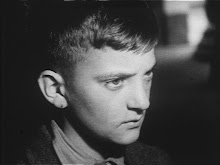









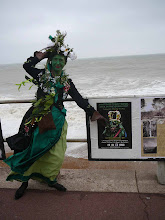






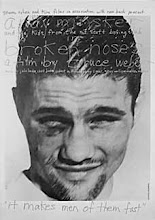


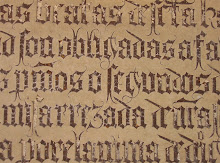

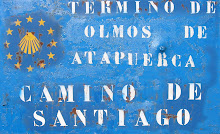



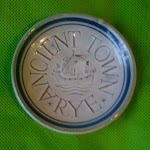
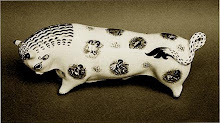
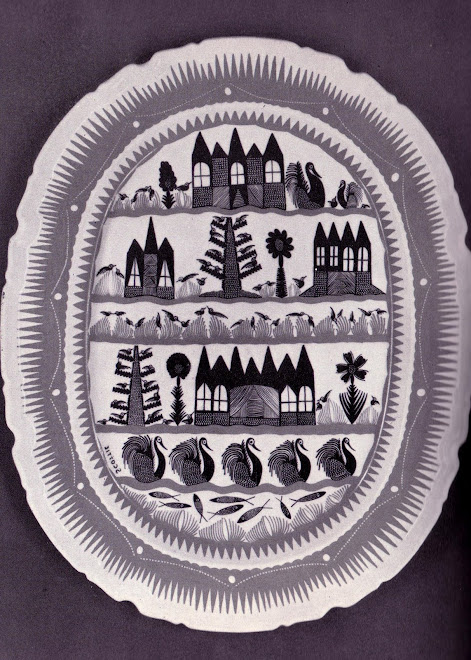
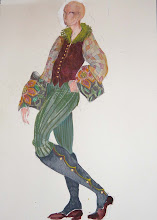





Thanks for this post I really enjoy reading it.however you may check this ==> <A href="http://www.suitusa.com/SearchResult.aspx?searchword=Brown><b>Brown Suit</A></b>
ReplyDeleteSourcefind out this here check my blogwhy not check here a fantastic readGoing Here
ReplyDeletezeal replica bags Read Full Report e4e34s0f74 replica bags and watches link h0q05x3g34 replica louis vuitton bag replica goyard bags k5b06w0l43 replica bags thailand replica hermes bag f8d75k8v73 replica bags vuitton
ReplyDelete